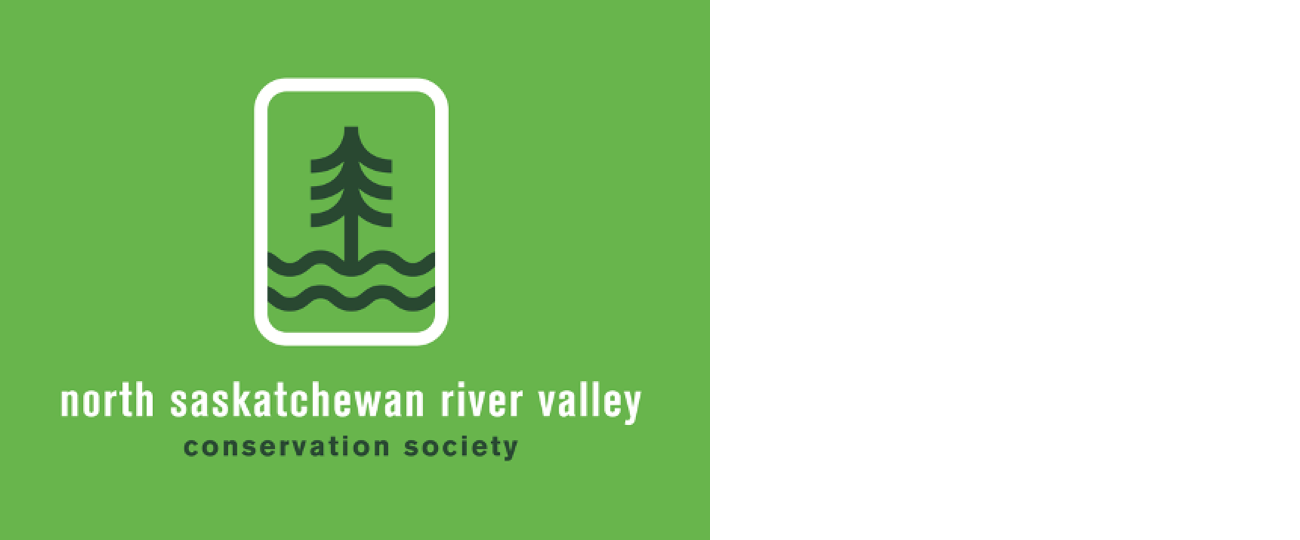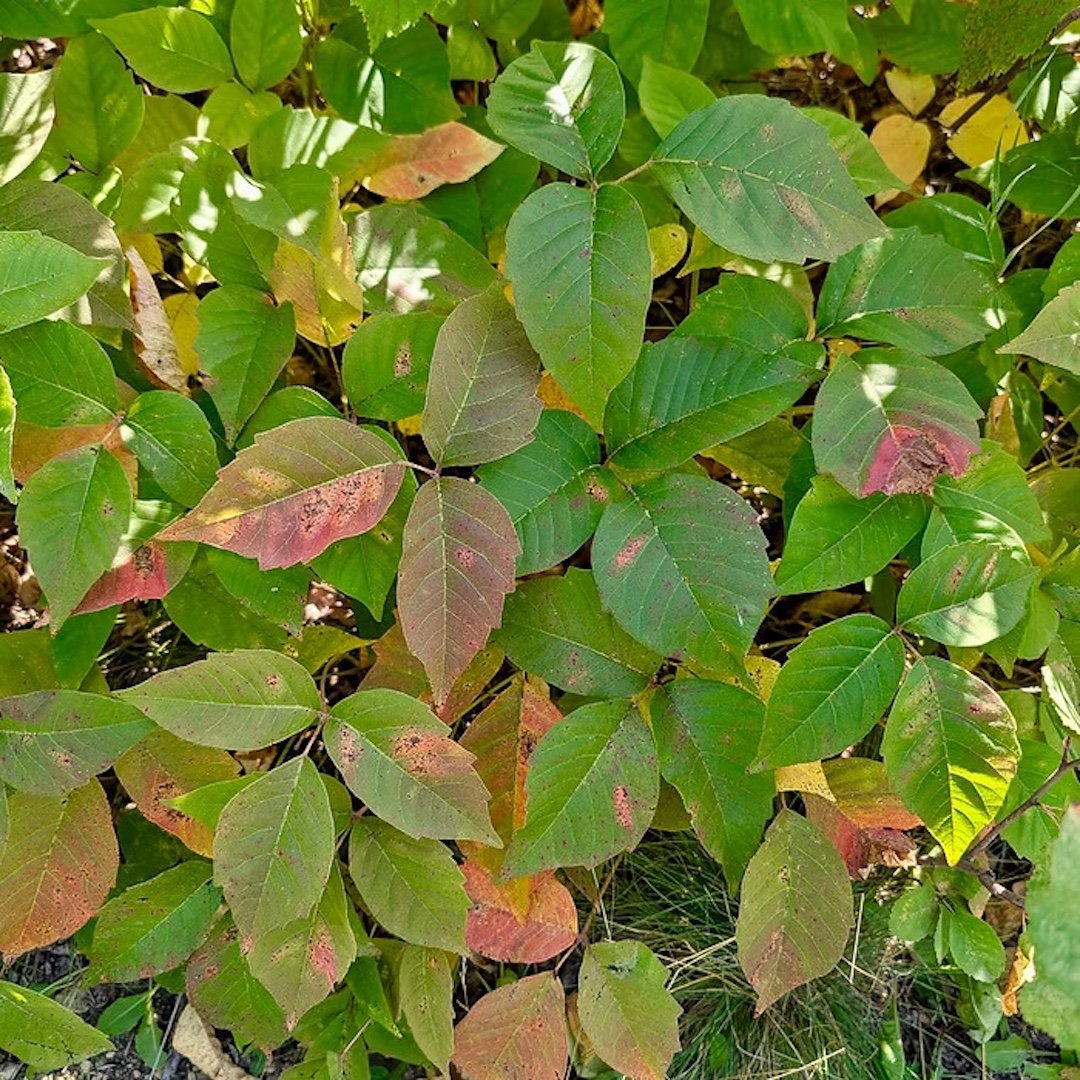Old Strathcona valued for its architectural richness and historical integrity
Karen Wall sketch
Prior to its amalgamation with Edmonton in 1912, Strathcona existed as a separate community on the south side of the river. It was incorporated as a town in 1899 and as a city in 1907. Following amalgamation, Edmonton’s commercial development overtook Strathcona’s, and this slow-down in economic growth served as a factor in the preservation of Strathcona’s historic buildings. The area also became known as Old Strathcona.
The Old Strathcona Provincial Historic Area was designated in 2007. The area covers approximately five city blocks from 85 Avenue south to 80 Avenue and from 102 Street west to 106 Street. Early construction was wood-frame such as with the Strathcona Hotel and the Orange Hall. However, due to the devastation of many prairie communities by fire, in 1902 the Town Council passed a bylaw mandating the construction of non-wood buildings, many of which were then built of brick.
The heritage value of Old Strathcona lies in its pre-World War I commercial and social development. Its architectural richness and the integrity of its historic buildings is unlike most other areas of Edmonton. Some of the historic buildings in the area include the Strathcona Hotel, the Crawford Block, the Dominion Hotel, etc. https://www.edmonton.ca/city_government/edmonton_archives/strathcona-neighbourhood
Firefighters urge Edmontonians to keep pets leashed near embankments
EFRS photo
On Monday February 24, a dog was separated from its owner and wandered too close to a steep edge along the river valley. The dog went down the embankment and ended up stuck in a spot its owners couldn’t safely get to. The owners called Edmonton Fire Rescue Services for help.
The Technical Rescue Team responsible for bringing the dog back to safety— firefighters trained in high-angle, confined space and water rescues –said that calling for help in this situation was the right thing to do because of how steep and close to the water the embankment was.
Pet owners are encouraged to keep their animals leashed near embankments and on low-lying trails near water, especially during freeze-thaw cycles. “If a pet becomes unreachable down an embankment or falls through ice, call 9-1-1,” a spokesperson for Edmonton Fire told CTV News Edmonton. “Do not attempt to rescue them yourself.”
The same advice applies to bystanders who see animals or people fall through the ice or get stuck near rivers, stormwater ponds, drainage outfalls and other bodies of water. https://www.ctvnews.ca/edmonton/article/dog-rescued-after-falling-down-river-valley-embankment-pet-owners-reminded-to-be-cautious/
‘Land Use Podcast’ highlights impact of golf courses on the river valley
Land Use Podcast is home to discussion on a wide range of land use issues affecting public policy. If you’re a landowner, planner, public official, conservationist, or involved in industry, then is podcast was made for you.
The podcast is a part of the Alberta Land Institute, which is based out of the University of Alberta’s north campus. The independent research institute funds and conducts land-use related research in order to provide tools for land users and policy makers to balance all the competing interests for Alberta's land base. The institute’s specific areas of interest include ecosystem services markets, sustainable agriculture, soil health, and land use, resilience and environmental risk.
On December 3, 2024, the podcast released an episode that covers golf courses as land use in Edmonton’s River valley. University of Alberta’s Arshdeep Kaur and Damian Collins explore if these exclusive green spaces are the best use of the land in the river valley. They also delve into how golf courses intersect with biodiversity preservation and water conservation. You can listen to the full podcast on Spotify. https://www.ualberta.ca/en/alberta-land-institute/resources/land-use-podcast.html
“There is a river…” a poem by B. Plante
Lori Frank art
Below is a poem about Edmonton and the river valley written by B. Plante. It is featured on PoemCatcher: Visions in the web. This site was put together by Edmonton’s 4th Poet Laureate, Anna Marie Sewell, and is meant to celebrate the poetic voice of Edmonton.
“There is a river …”
Reverse dialysis
Columbia Icefield’s glacial melting
pure, fresh, cold
assumes the character of the towns
it flows through.
Entering Edmonton, it defines us.
Murky sediment – friction’s evidence
it carves out a green oasis.
Cleansed again it is pumped through pipe and falls.
A High Level waterfall
delights and arouses the heart.
Enjoy more poems about Edmonton and the river valley here https://webofvisions.wordpress.com/miscellany/
City moves forward with building first nordic spa near river valley
Eric says “When one councillor asked the developer why he didn’t want a top of bank walkway so the public could enjoy the spectacular views of the valley, the developer said he didn’t want any noise made by them to disturb his customers, who were expecting quiet as part of their spa experience. The CBC article isn’t that great.”
WALKWAYS by Derek Besant, The Quarters Armature https://www.edmontonarts.ca/public-art/walkways
Comment or Contributions
Please note articles may not reflect the position of NSRVCS. River Valley News is meant to be a clearinghouse for the variety of opinions and ideas about Edmonton’s River Valley.
Email river valley photos, event information, comments, or questions to nsrivervalley@gmail.com
Forward this link to anyone you think may want to sign up for this newsletter https://www.edmontonrivervalley.org/newsletter-signup
















